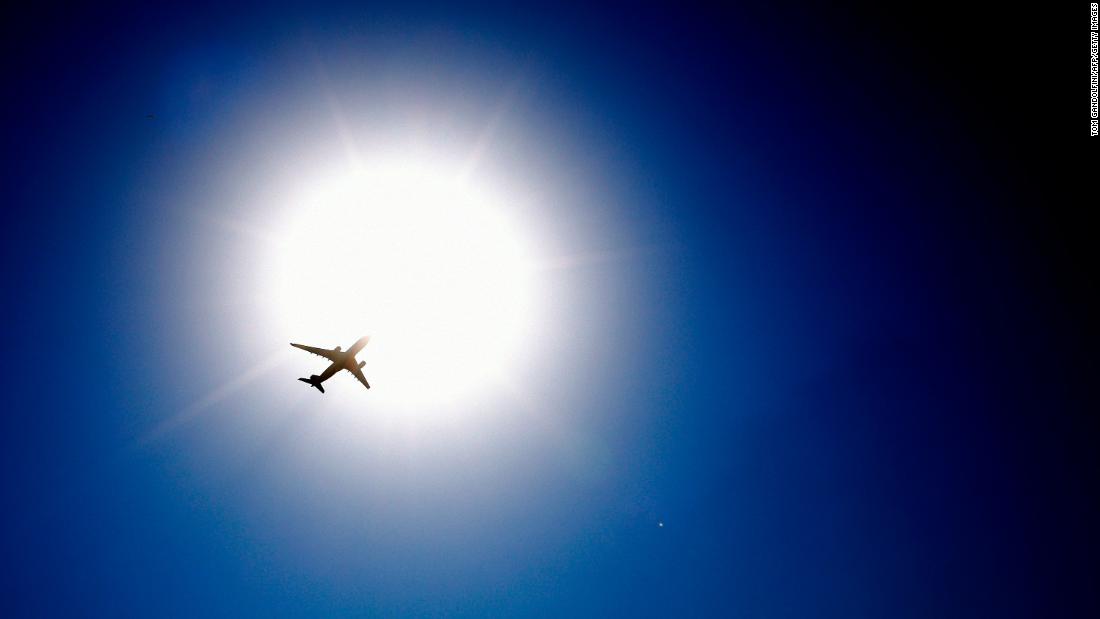[ad_1]
Tuesday, Boeing reported that it didn’t receive any new orders for commercial jets in January, compared to 45 orders a year ago. And it only delivered 13 commercial planes in the month, down from 46 a year earlier.
At the time of the Max crisis, Boeing was planning on delivering the 777X at some point this year. But in October, it pushed back the first delivery date to early 2021.
Boeing has 309 orders of the 777X that are now being delayed.
The new plane
Boeing is positioning its new airplane for the middle market, slotting in between the 737 Max and long-range wide bodies like the 777X and the 787 Dreamliner. The plane would probably carry about 250 passengers and travel nearly 5,000 miles. The segment would serve airlines who want a larger plane that can carry more passengers and travel farther than current single–aisle jets.
Boeing has already fallen behind rival Airbus in that part of the market. Last June, Airbus started taking orders for the A321neo XLR, its middle-market jet that is set to be in service in 2023.
Boeing coming up with a middle-market jet of its own is “the most important thing I would say,” said Richard Aboulafia, aerospace analyst with the Teal Group. “Airlines want a larger, single aisle jet for international routes, and some regional routes as well.”
Boeing has been talking for years about developing what it called the NMA for New Middle-Market Airplane. It was popularly being referred to in the industry as the 797, given Boeing’s plane nomenclature. Boeing had been signaling it would serve that part of the market with a new widebody jet. But last month new CEO David Calhoun announced that the company is going back to the drawing board on the plane’s design.
“We’re going to start with a clean sheet of paper again,” he said.
That was seen as an indication that the plane would ultimately be a longer single-aisle jet, like the Airbus offering.
“It was long overdue for a reexamination,” said Aboulafia. “There’s been a shift away from twin aisles and towards single-aisle jets. What was a 50-50 split has become two thirds-one third split.”
Falling behind Airbus
But Boeing already has fallen behind Airbus. The market for a mid-range aircraft is probably somewhere been 2,500 and 4,000 planes. Airbus has already taken orders for the A321neo-XLR to serve that market. But once airlines pick a plane in a segment of the market, they rarely buy a rival’s plane in the same segment.
“Their competitor already has something,” said Ron Epstein, aerospace analyst for Bank of America-Merrill Lynch. “Is it too late [for Boeing] already? It could be. It’s hard to say for sure.”
“If we were not having trouble with the Max, I would have made the [same] decision on the NMA,” he said on a recent press call.
A replacement for the 737 Max
After it addresses the middle market, Boeing will have to turn attention once again to the part of the market now served by the 737 Max. That’s because the need to come up with an replacement for the 737 is on the horizon.
It’s tough to tell how soon it will need a 737 replacement. Experts say Boeing might not start taking orders for a 737 Max successor for another 10 years.
But the need to come up with a successor could be sooner than that.
It has orders for about 4,000 737 Max jets that it has yet to build. So no matter passengers’ initial reactions, it will probably continue to build it for years.
The first 737 was delivered more than 50 years ago in 1967. The Max is just the latest version, as it debuted in 2016. Even without the current crisis, experts say it was a model that needed a complete redesign.
“The 737 has reached the end of its line with the Max,” said Aboulafia. “It made sense as a last of its kind. There’s no way you can get a fifth version out of the plane.”
[ad_2]
Source link


